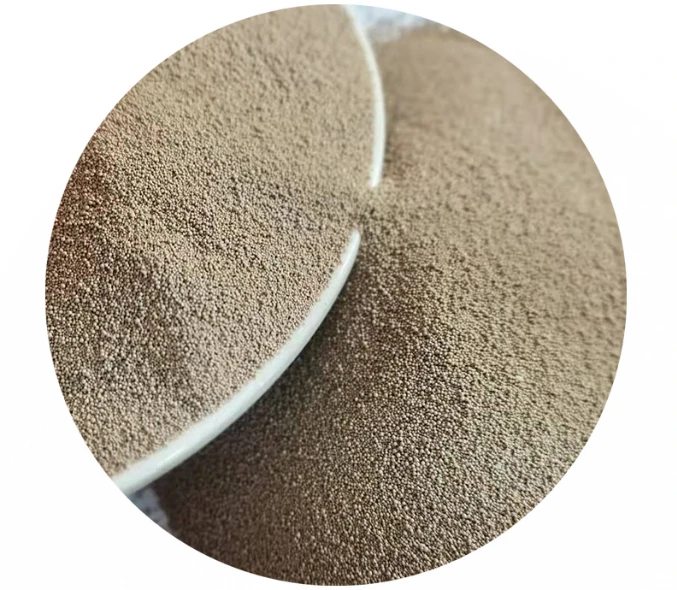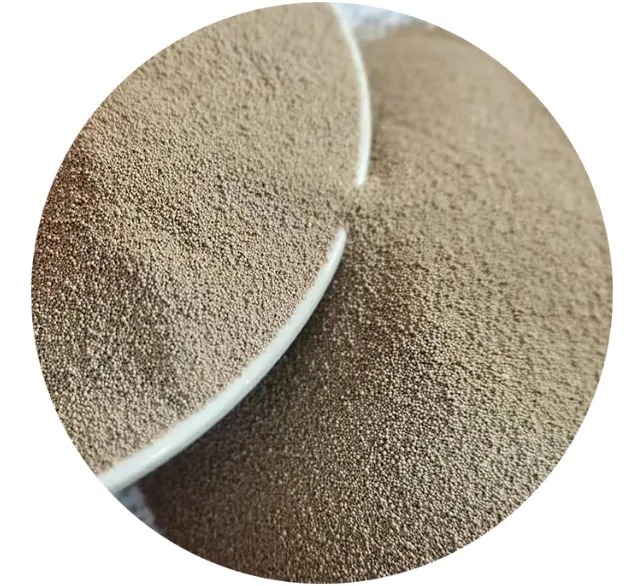

Quality control and testing are imperative elements often reflected in sand casting pricing. The more stringent the quality assurance processes, the higher the costs. Nonetheless, maintaining high standards is non-negotiable in industries demanding precision, like aerospace or medical devices. Leveraging advanced non-destructive testing (NDT) methods ensures product reliability, which in turn builds client trust and reduces long-term costs associated with product failures and recalls. Logistical aspects, including the cost of transporting raw and finished materials, also add to the price. Proximity to suppliers and clients can yield savings in logistics. Additionally, adopting just-in-time (JIT) manufacturing processes, where materials are received and parts produced only as needed, can drastically reduce warehousing costs and improve cash flow. Lastly, environmental regulations are an increasingly important consideration. These rules can influence prices, particularly in regions with stringent control over emissions and waste disposal from foundries. Proactive investments in compliance measures and sustainable practices not only safeguard against regulatory fines but also enhance brand reputation in an environmentally-conscious market. In conclusion, sand casting prices are contingent on a multitude of variables spanning materials, labor, tooling, energy, quality assurance, logistics, and compliance. Businesses vying to remain competitive must adopt a holistic view of these factors, integrating technological advancements and strategic practices to manage costs effectively while delivering high-quality products. Adjusting to market dynamics with agile strategies will not only optimize budgets but also cement an authoritative position in the market, ensuring long-term trust and success. Post time:ਫਰ. . 13, 2025 10:38
Next:metal casting sand for sale
